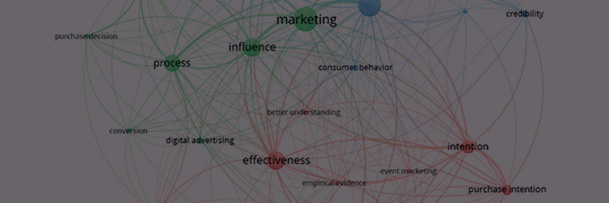- Audience & Media Measurement
- Article
Explainable AI (XAI) Helps Minimize the Impact of Errors
The use of AI-based voice assistants is becoming ubiquitous, and this technology continues to develop at a rapid pace. Now, Explainable AI (XAI) can help customers understand things better and help mitigate certain kinds of errors. This research discovered that XAI can help consumers forgive minor social faux pas (violations of social norms) but not minor technical errors (failures of the algorithm interface). The series of studies also found that XAI helps consumers overcome their reluctance to use such AI-assisted technologies.









